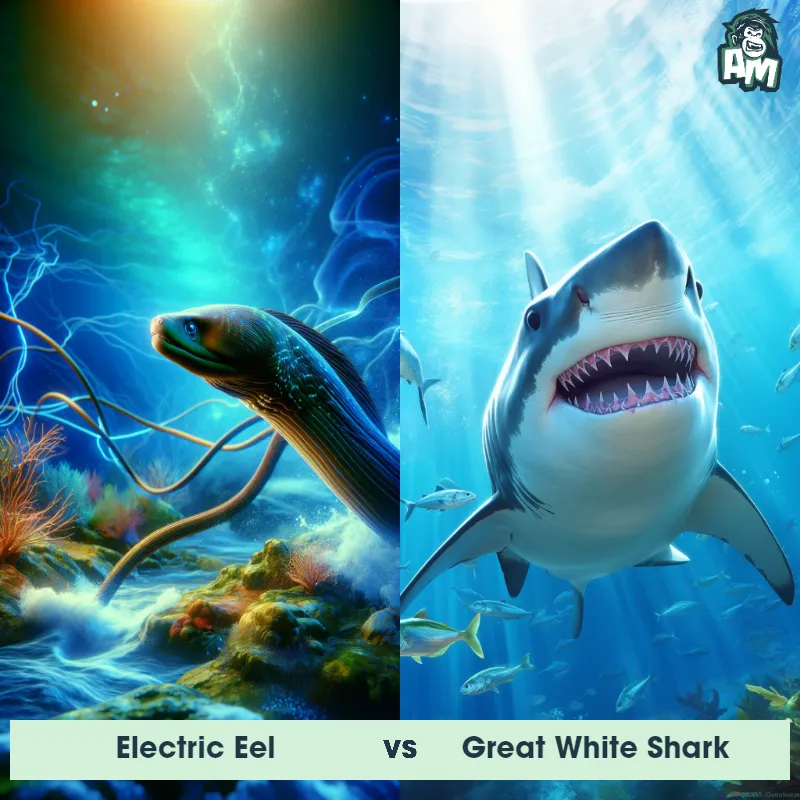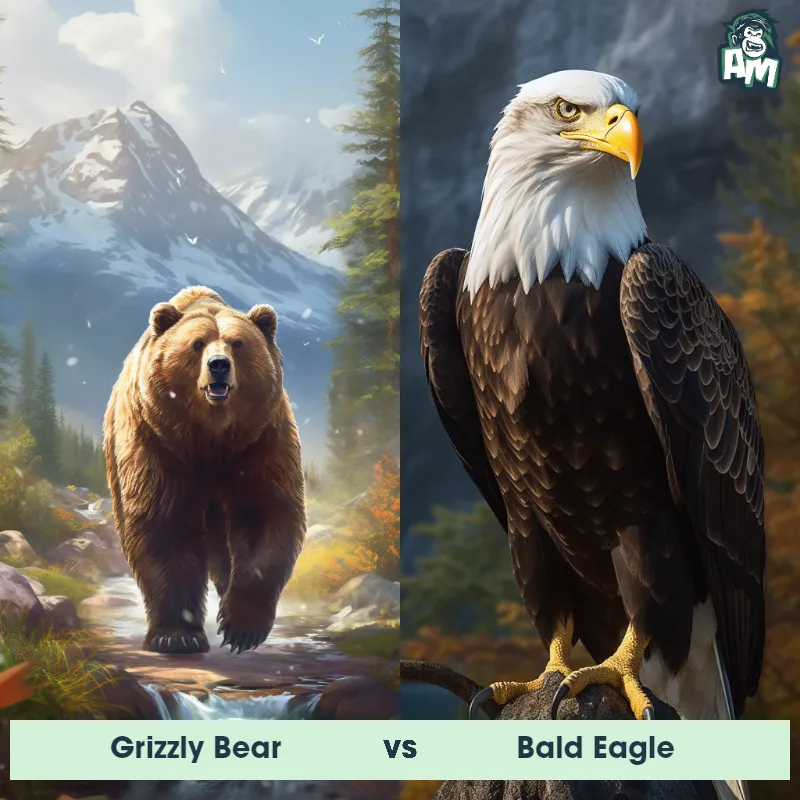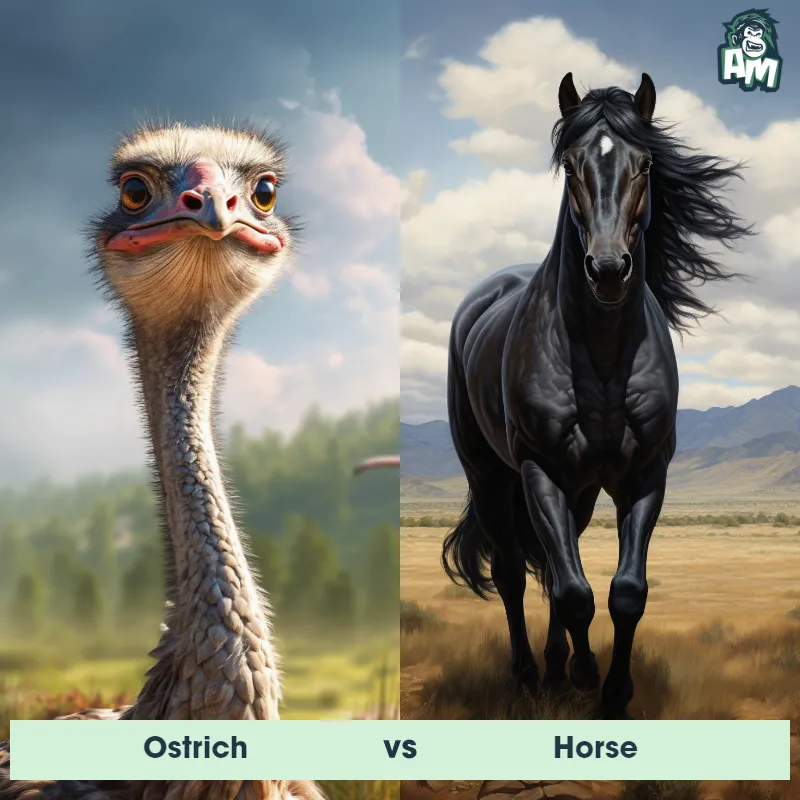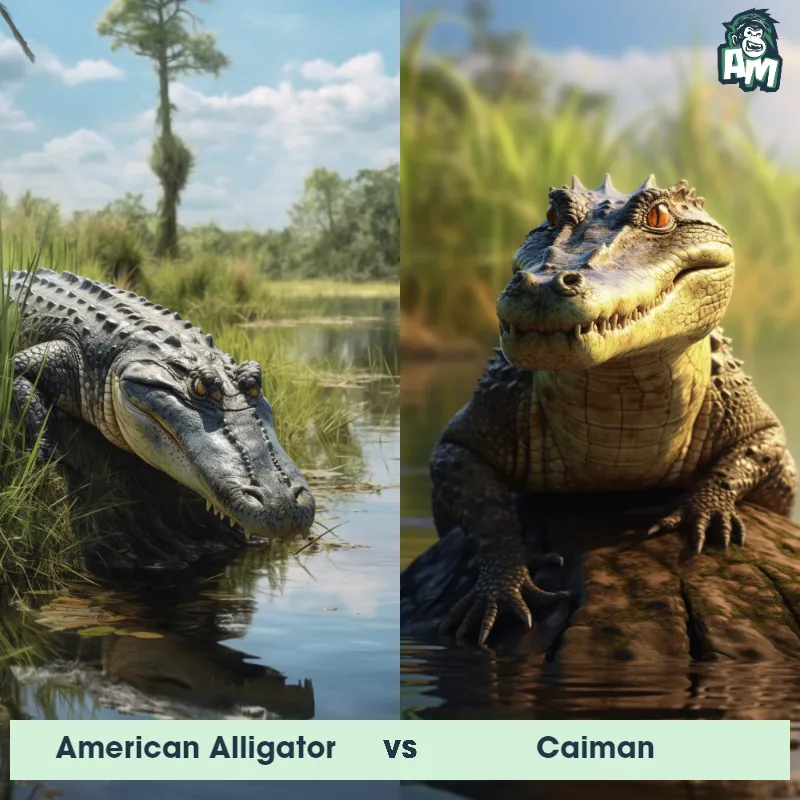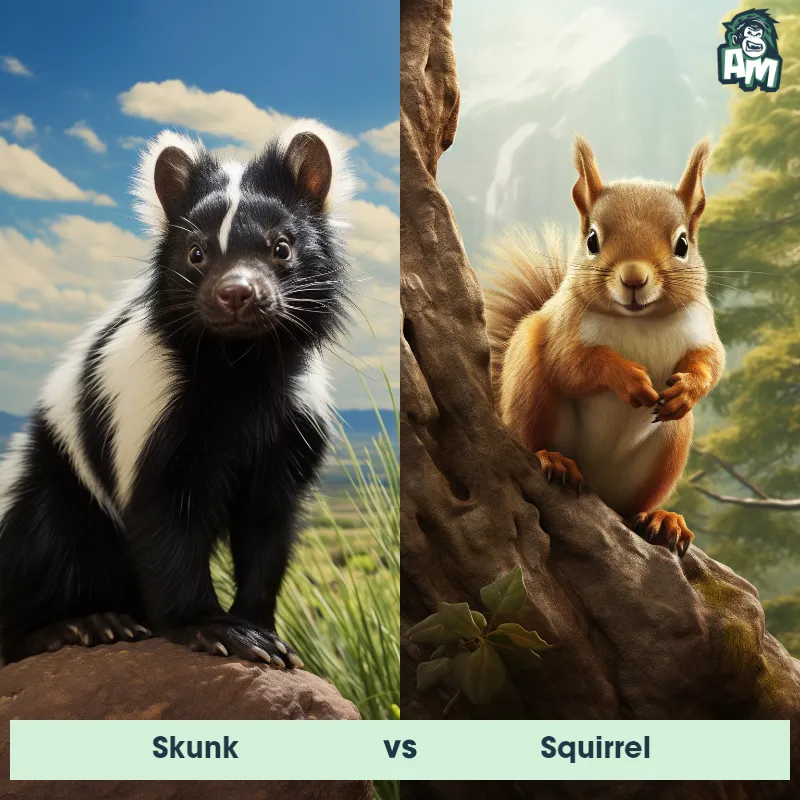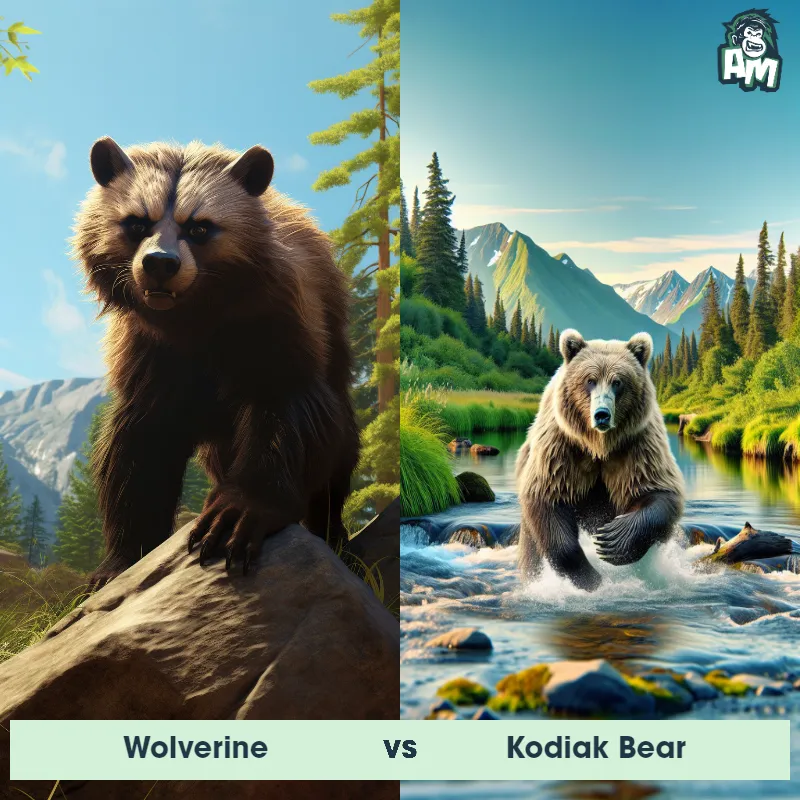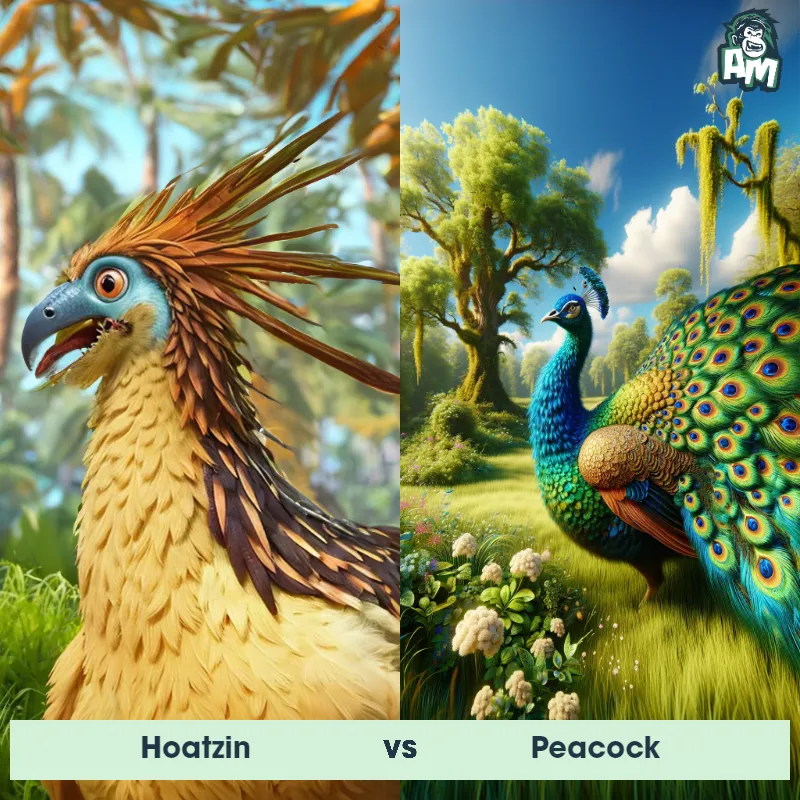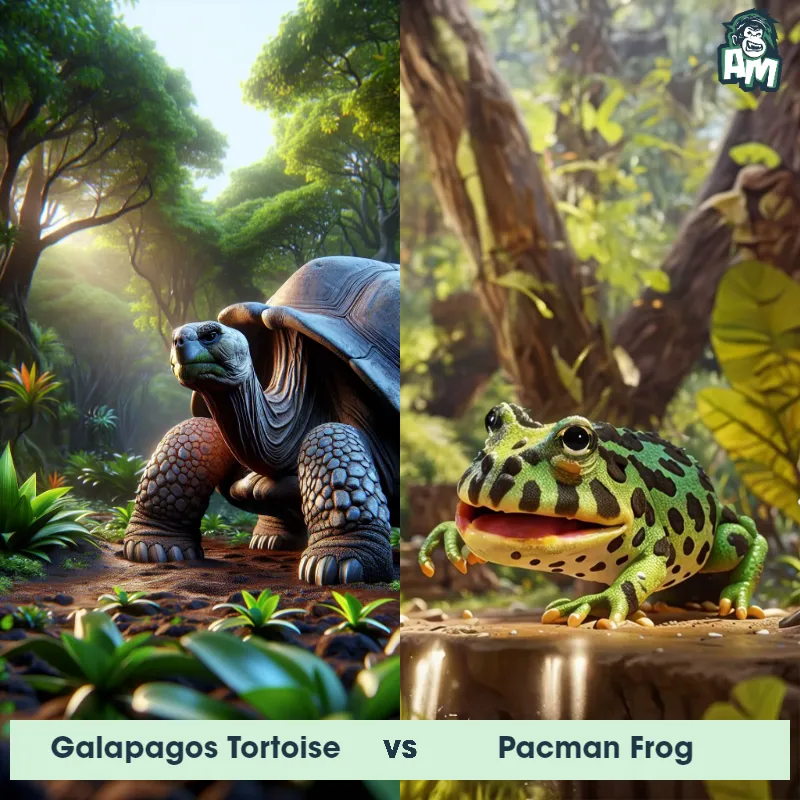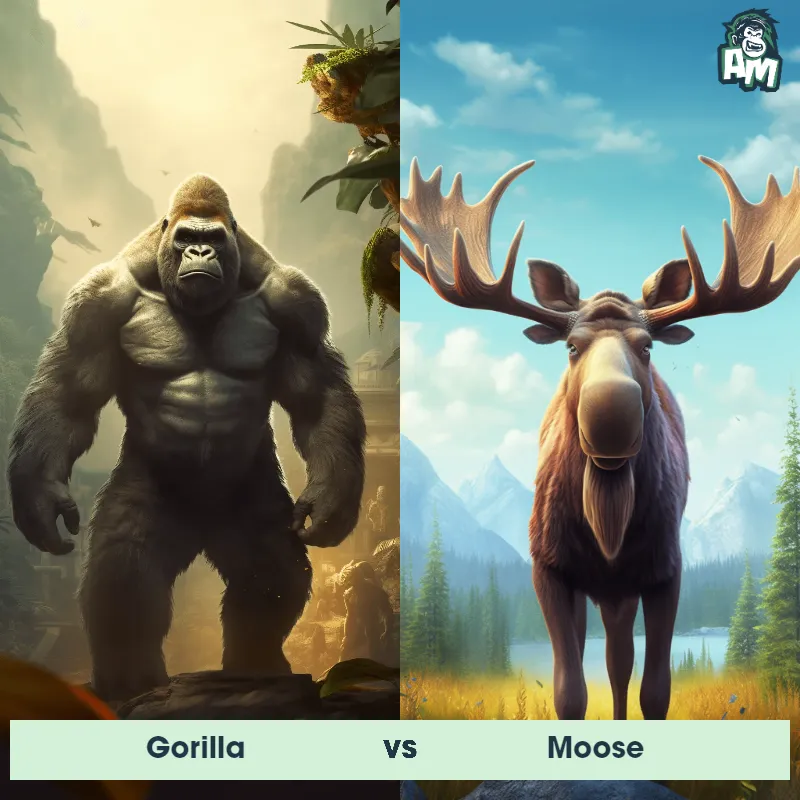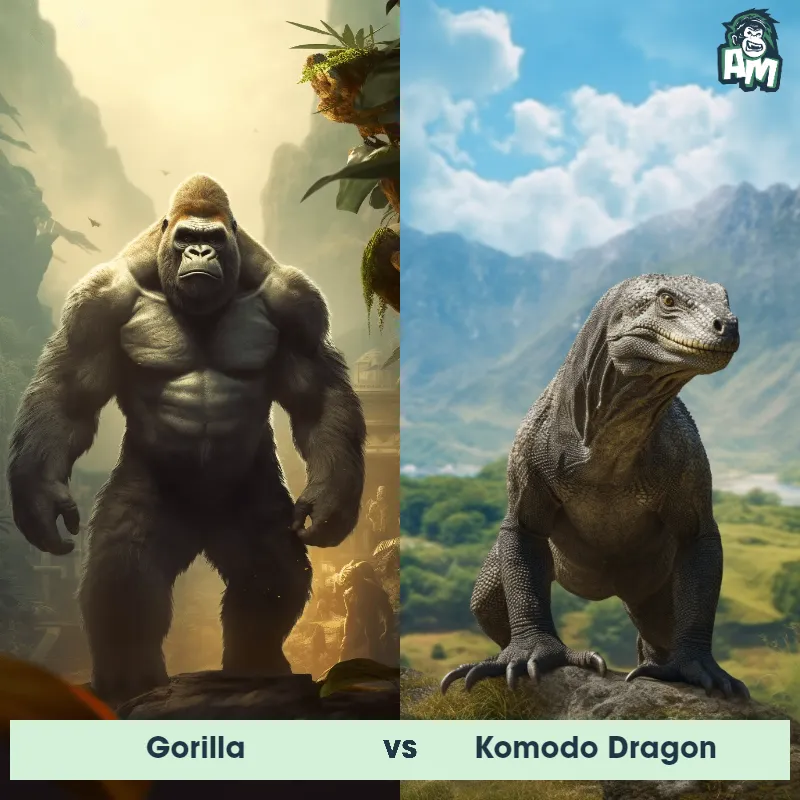Human vs LynxSee Who Wins
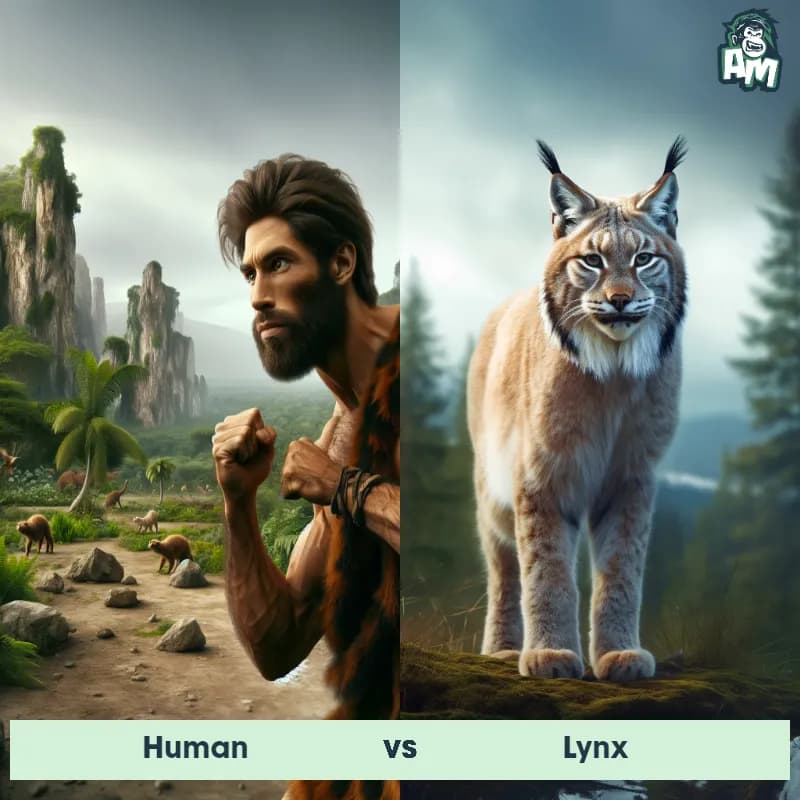
Ladies and gentlemen, welcome to tonight's matchup between a human and a lynx. This promises to be an intriguing battle of strength and agility. Let's see who will come out on top in this fierce competition.
Contender 1: Human
The human, Homo sapiens, is a highly intelligent and social primate species. They are characterized by their upright posture, opposable thumbs, and relatively hairless bodies compared to other mammals. Humans have complex brains that enable them to think, reason, and communicate through language. They possess a wide range of physical variations in height, weight, and skin color due to genetic diversity. Humans are known for their adaptability and capacity to use tools, which has allowed them to thrive in a variety of environments across the globe.
![[object Object] Gif](https://tenor.com/view/hungry-caveman-muppetwiki-muppet-wiki-jim-henson-gif-11005515308056547982.gif)
Fun Fact: Humans are the only known species capable of abstract thinking, allowing them to conceptualize ideas and think in terms of concepts that do not have a physical presence.
Contender 2: Lynx
The Lynx is a medium-sized wild cat with distinctive tufted ears, short tail, and spotted fur. They have powerful legs and sharp claws, which make them excellent hunters. Lynx are solitary animals and are found in forests and mountainous regions across Europe, Asia, and North America.
Fun Fact: Lynx have excellent hearing and can detect prey up to 75 feet away, even under a thick layer of snow.
Matchup Stats
| Human | Lynx | |
|---|---|---|
| Size | Average height of 5 feet 7 inches (170 cm) | 18-24 inches (45-60 cm) at the shoulder |
| Weight | Average weight of 154 pounds (70 kg) | 18-24 pounds (8-11 kg) |
| Speed | 27.8 mph (44.7 km/h) | Speed: 50 mph (80.47 km/hr) |
| Key Strength | Intelligence and ability to strategize | Powerful legs and sharp claws |
| Biggest Weakness | Lack of physical strength compared to some animals | Short tail |
Current Votes
Human vs Lynx
See Who Wins
View More Matches
Looking For More?
Similar Matches
Scientific Stats
| Human | Lynx | |
|---|---|---|
| Scientific Name | Homo sapiens | Lynx |
| Family | Hominidae | Felidae |
| Habitat | Diverse habitats, including forests, grasslands, deserts, and urban areas | Forests and mountainous regions |
| Geography | Found on all continents | Europe, Asia, and North America |
| Diet | Omnivorous, with a preference for cooked food | Small mammals, birds, and fish |
| Lifespan | 70 years - 90 years | 10 years - 15 years |
Key Differences between Human and Lynx
- Eye shape: Humans have round eyes with white sclera, while Lynx have almond-shaped eyes with a black sclera.
- Color: Humans have a wide range of skin tones, hair colors, and eye colors, whereas Lynx typically have a fur coat that is grey or yellowish-brown with black spots.
- Size: humans are generally much larger and heavier than Lynx, with an average height of 5.5 to 6 feet compared to a Lynx which stands about 2 feet at the shoulder.
- Tail length: Humans have a short tail that varies in length, while Lynx have a short bobbed tail that is less than one-third of their body length.
- Claw shape: Humans have flat nails on their fingers and toes, while Lynx have sharp, retractable claws that are used for hunting and climbing.
- Facial features: Humans have a flat face with a prominent nose and small ears, while Lynx have a shorter face with tufted ears and a distinct facial ruff.



